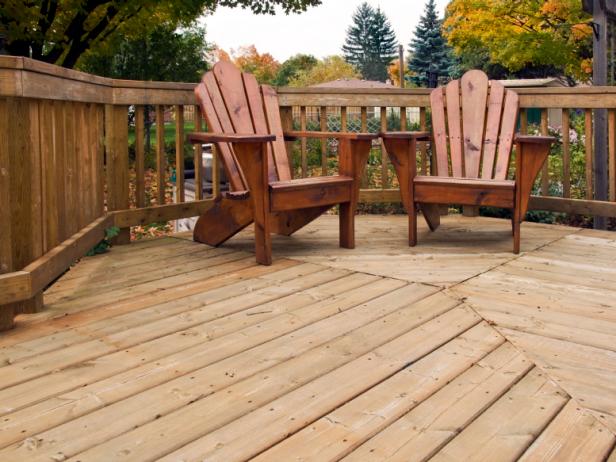The classic hardwood decking is a typical addition to any residence. The spacious, well-built deck is not only an ideal place for outdoor entertainment, but it can also add value to your home if you decide to sell it. In fact, the return on investment of wooden decks is as high as about 80%, surpassing competitive composite decks, and the return on investment is only 68%.
This is because the construction cost of wooden decks is usually lower and is also more attractive to potential buyers. choose. The wood material you end up with will have a significant impact on care needs, longevity and overall life cycle costs.
Hardwood and softwood: what is the difference?
The decision between hardwood and softwood for wood flooring is the first thing to consider. Now, if you are not yet familiar with wood as a building material, you may not be sure what is the difference between the two. Hardwood is a slow-growing broad-leaved tree species. The most common hardwood species are teak, ipé, cherry and oak, to name a few. Softwood is a fast-growing tree species, usually including evergreens and conifers.
Species in this category include pines, firs, firs, and cedars. In most cases, hardwood decks are far superior to softwood decks in terms of weather resistance, overall “toughness” and longevity. They are very durable, but this durability comes at a considerable price. Cork decks are usually chemically treated with preservatives and are a much cheaper option and can be used for a period of time; however, annual maintenance is required to maximize the life of such platforms.
One of the most popular wood for decoration is pressure treated (PT) wood. As we mentioned, PT wood is usually made of softwood (usually pine) and is chemically treated to prevent moisture and insects. The process of processing cork species makes it most suitable for a wide range of applications, such as foundations, fences and, of course, wooden floors.
Homeowners who want a strong wooden deck without spending a lot of money usually choose PT wood. PT decks can be used for a long time, but they are not without problems. On the one hand, PT wooden decks have high maintenance requirements, requiring cleaning, staining and pressure sealing every year or every two years. They are also notorious for not ageing well, and the boards will dry out over time and shrink a lot. In addition, the sawdust from the PT wooden deck is painful and can cause infection due to the presence of chemicals. This makes it not an ideal choice for families with children and pets, who will have direct contact with wood.
